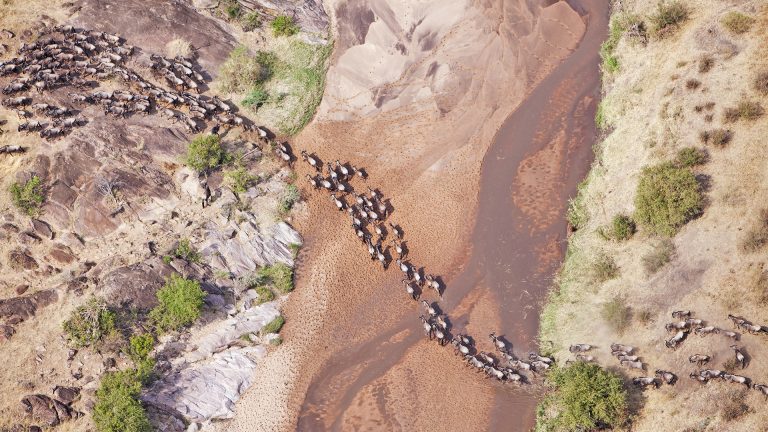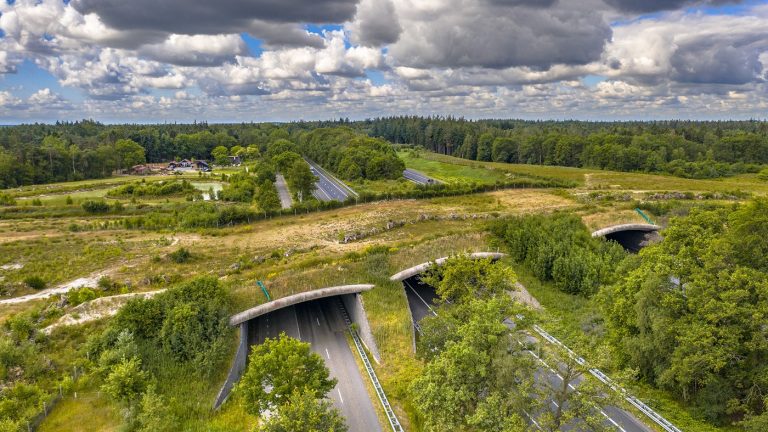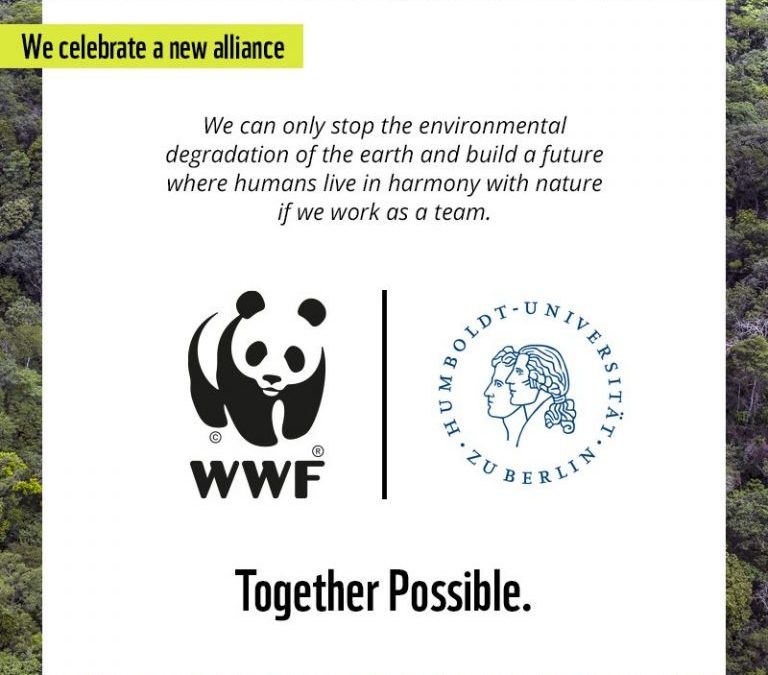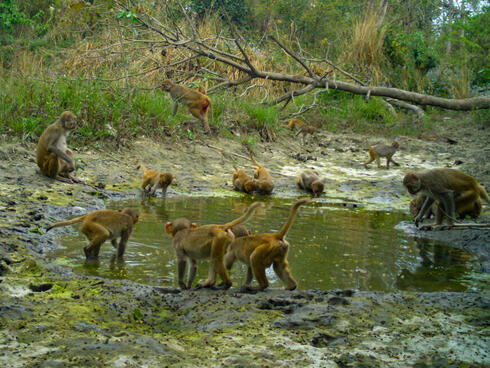The Carpathians is one of Europe’s last great wilderness areas, with exceptional biodiversity, rich in numbers, and tracts of old forest, across which roams one of the most important large carnivore populations of the continent.
Among these ancient forests are the tracks used by the wildlife, possibly for centuries, to walk across the Carpathian, which spans over seven countries. This landscape, which spreads over 200,000 km2, starts in the northeast of the Czech Republic, crosses across the Slovak Republic, southern Poland, eastern Hungary as well as the west of Ukraine, and almost all of Romania, and ends in the eastern part of Serbia.
Landscapes, like the Carpathians, are essential for the survival of wildlife, such as brown bears, wolves, and Eurasian lynxes, which flourish in large spats of area. The movement of wildlife from one place to another has been part of their evolutionary mechanism, which ensures access to more food, mate, and other resources; marking territories; and eliminating competition for resources.
Today, disrupted ecological connectivity is one of the major threats to wildlife, and eventually people. From erecting fences, building roads, and burgeoning human settlements, the habitats such as the Carpathians are periled by diminishing or lost migration corridors.
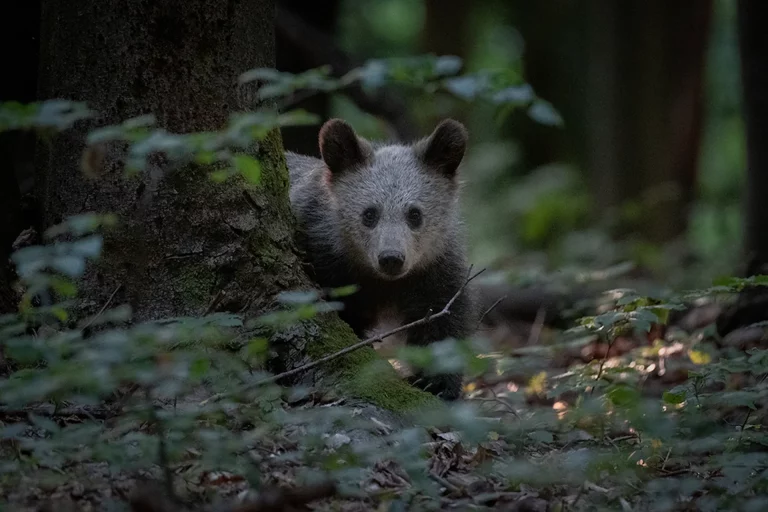
“WHERE THE WILD THINGS ARE?” In WWF-Romania experts like Calin Ardelean are working to ensure that the Carpathians remain connected for the wildlife to flourish.
A healthy, connected landscape means that its wildlife, which according to some researchers includes 7,200 brown bears, 3,000 grey wolves, and 2,350 Eurasian lynxes, will have enough resources to survive. However, maintaining connectivity of landscapes as large as the Carpathians means extensive research, understanding, and mapping, not just the traditional movement routes of the animals, but also the frequency, pattern, and distance of these movements. Such research is still nascent in the larger part of the world.
“When you are in the field, it is unlikely that you will see an animal. They remain hidden during the day or shy away from humans, so we improvise and think of other ways to study their movement. Installing camera traps is one such way,” shares Calin. “Sometimes, it takes an entire day of traveling including climbing mountains to put a single dot on a map.”
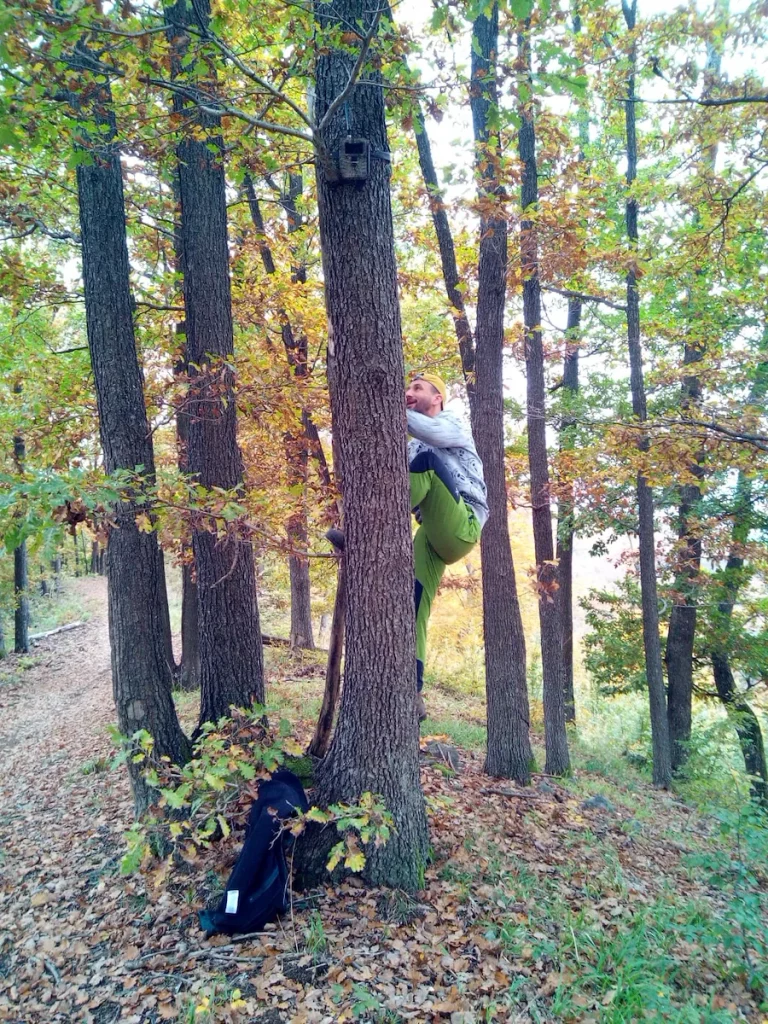
After a few weeks, Calin and his team return to remove the camera traps and extract data. Without humans around, the forest is now teeming with wildlife and the team gets a rare insight into what goes around there – with many animals passing through a single spot in a few weeks. Over the course of next few months, the experts analyze the data and learn about these animals, what they eat, how they interact with each other, and the environment around them. But more importantly, they now know that the spot where the camera trap was installed is part of an animal’s route to move around the landscapes. These are ecological corridors that keep a landscape connected.
“While we are focused on our own needs, looking at the wildlife through these camera traps is a good reminder that just like us these animals are also going through a struggle to survive, moving from place to place, looking for food, water, and space,” Calin reflected.
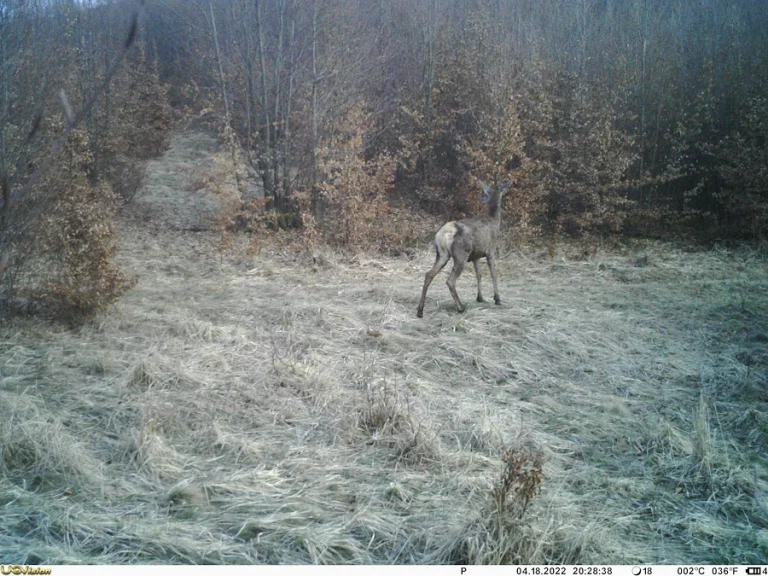
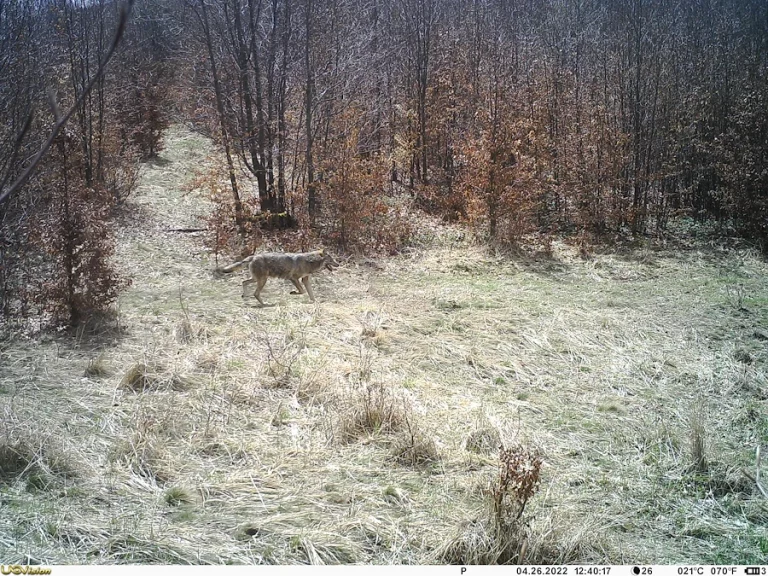
ON THE BEATEN PATH
Wildlife movement and migration is nature’s incredible phenomenon, where animals traverse from one place to another using their navigation skills. Wildlife moves for many reasons: some traverse core habitats to find seasonal resources and others do so to adapt to changing climates.These movements are also nature´s circulatory system that helps maintain the natural processes that support clean air, rich soil, and freshwater on which we all rely. When habitats lose connectivity and are fragmented, these animals are isolated and restricted to much smaller areas than their home range, and the ecosystem starts to break down.
Calin and his team’s work in the Carpathians is important to understand these tracks and protect them.
“Even though we are more aware of some of the other threats that wildlife faces such as human wildlife conflict and habitat destruction, the importance of connectivity is a concept still not widely known. I hope our research on the Romanian part of the Carpathians changes this,” Calin added., agregó Calin.
“All the data we have gathered over the years is now converted into maps showing the animals’ movement paths which are ecological corridors of the Carpathians. The map shows us exactly which areas to protect to maintain a high connectivity landscape.”
It took Calin and others in WWF Romania years to collate and organize this data before they could design conservation strategies that ensure that the landscapes are connected.

REWILDING THE WILD
Research conducted by Calin, and others, is being used to make well informed decisions in protecting Romanian wildlife.One example is the reintroduction of bison in the southern Carpathians. Once locally extinct, the bison were reintroduced over a period of 6 years. There are now over 100 animals roaming free in the landscape. However, reintroduction required extensive studies of the habitat suitable for this large bovine and the availability of food. Bison have large territories and these studies also included identifying connectivity paths that need to be safeguarded. Protecting these paths will ensure that the bison reintroduced in Romania, and are genetically fragile, can breed with other wild herds in the Carpathians. Being able to move across, with plenty of resources to live on, the bison population will once again flourish in Romania.
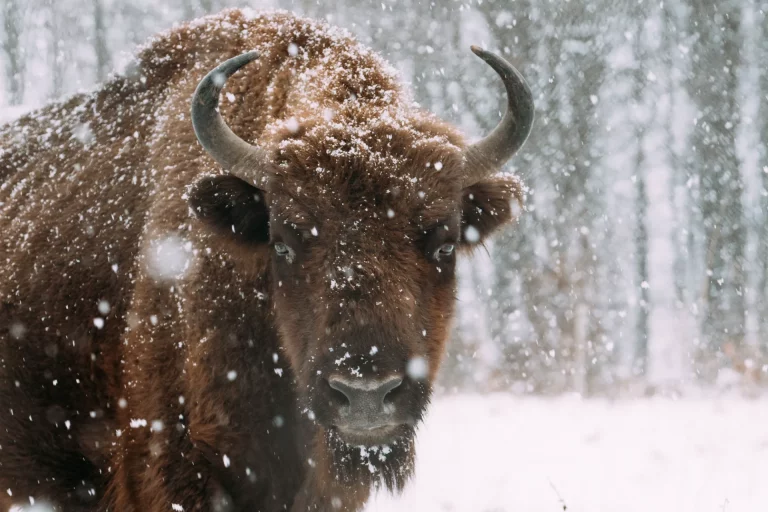
RESTORING CONNECTIVITY
Although WWF-Romania is making progress in understanding the connectivity in the Carpathians, diminishing connectivity remains one of the major threats to species elsewhere. However, beyond losing species, fragmented habitats will have drastic consequences for entire ecosystems. It will be a major driver of the loss of ecosystem services including pollination and pest regulation, impacting food production and other resources while also greatly limiting the ability of ecosystems to adapt to climate change.
Through its Wildlife Connect initiative, WWF, along with partners, is working to manage, maintain, and restore connectivity around the world. Its vision is to maintain or increase ecological connectivity of landscapes, ensuring viable wildlife populations, ecosystem services, resilience to climate change, and human well-being. The Carpathians is one of the four priority landscapes where WWF is working to improve connectivity, which includes Central India in Asia; Pantanal and Chaco in South America; and Southern Kenya Northern Tanzania Landscape (SOKNOT) in Africa. WWF’s vision is to protect existing connectivity zones in the priority landscapes while ensuring that human dominated land is designed and managed in a way that allows wildlife to move through them and recreate connectivity in areas where we have lost them.

